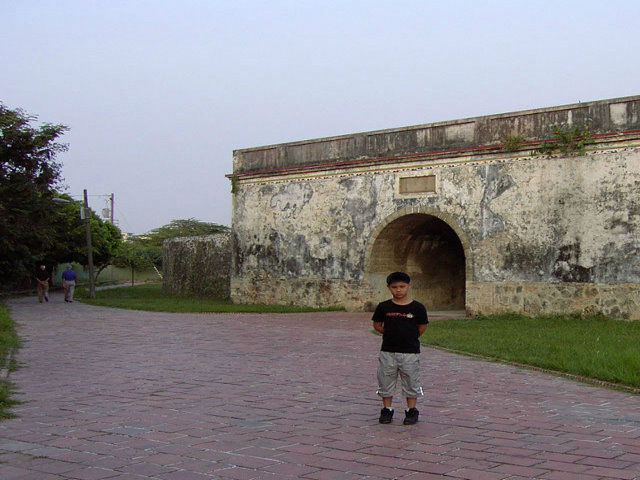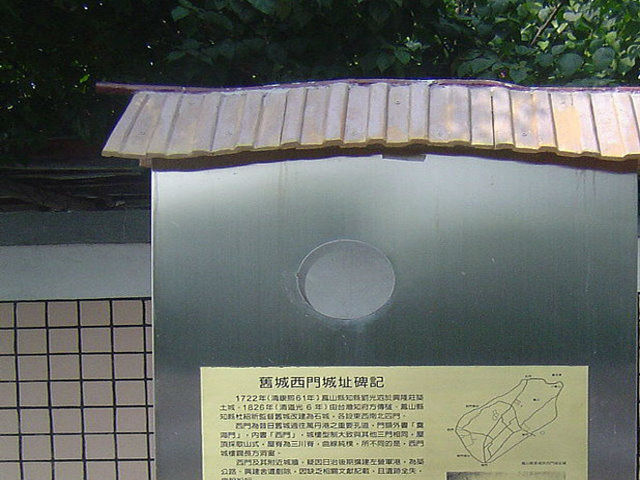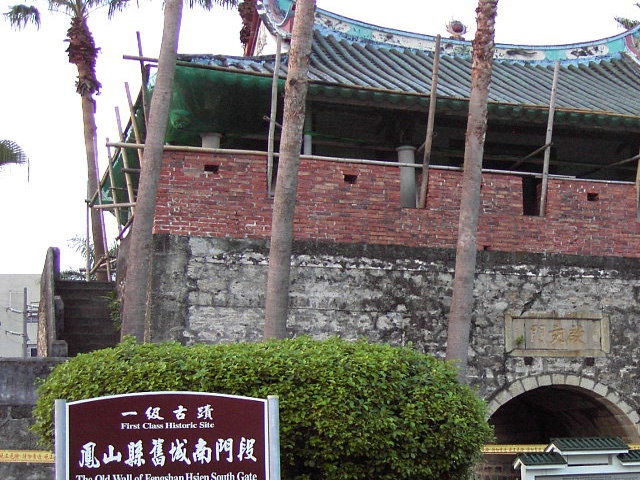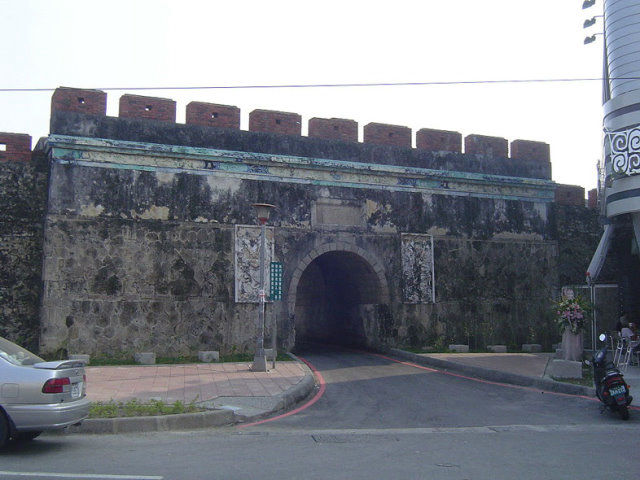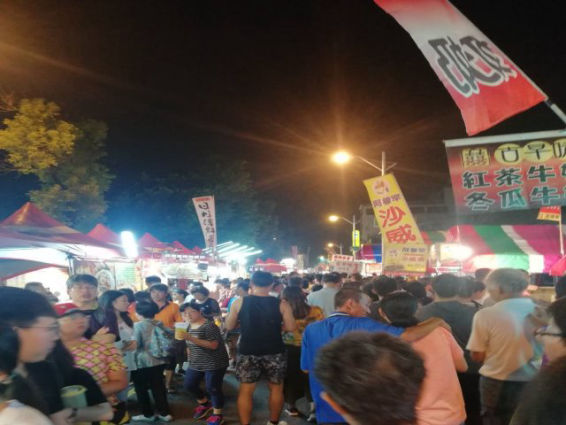
Wannianji
In order to preserve the traditional folk culture of the area, shape the local characteristics of Zuoying, and develop local culture to revitalize the local economy, the Zuoying District Office and the local people of Zuoying joined together in the 2001 Zuoying Wannian Season Promotion Group to organize large scale local cultural activities by combining the special historical and humanistic resources of Lianchi Tan, taking Lianchi Tan as the hinterland, and calling on the temples to join hands with the local people of Zuoying to jointly plan and organize activities with local characteristics.

Military village
The Kaohsiung Zuoying Family Village is the largest, oldest and most complete naval village in Southern Taiwan. The villages have a special cultural value and contemporary significance. In addition to its spatial diversity and rich landscape elements, it is a spatial example of humanities and history combined with living places, and it is worth preserving its existing resources and strengthening its subsequent development.
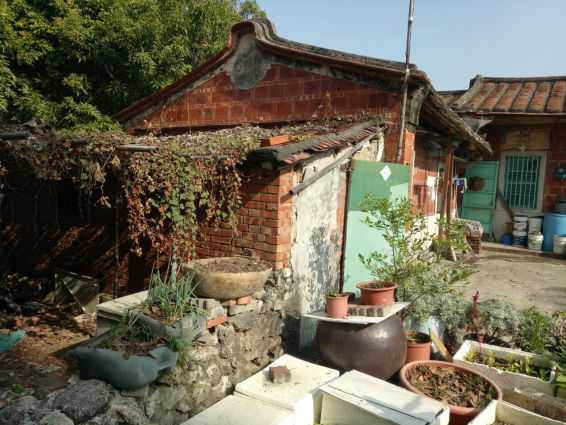
Xue's ancient house
Address: No. 44, Haiping Road, Zuoying District, Kaohsiung City, 813, Taiwan
Zuoying was the earliest settlement developed by the Han Chinese in Kaohsiung. From the Zheng family to the early Qing Dynasty, it was the seat of the county government office, so there were many families of merit and prestige. However, due to the change of the times and the development of the city, most of the houses were destroyed, demolished or rebuilt, and now the Minnan-style building "Xue Family Ancient Residence" on Haiping Road behind the planing area is the most famous.
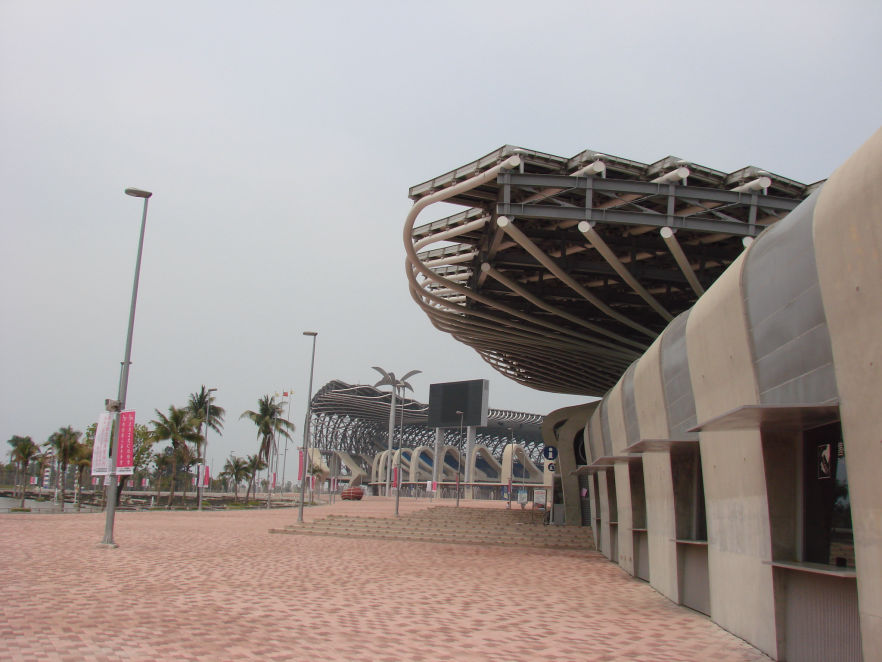
World Games Main Venue
The architect is a Japanese Toyo Ito, and the main stadium of the World Games was handed over to the Kaohsiung Municipal Government Sports Development Bureau for operation. In 2009, the World Games and the second round of the 2010 East Asian Football Championship preliminaries were held, and not only these 11 years, various sports events, soccer matches, concerts, charity events and religious activities have been held, and it is currently the largest stadium in Taiwan.
